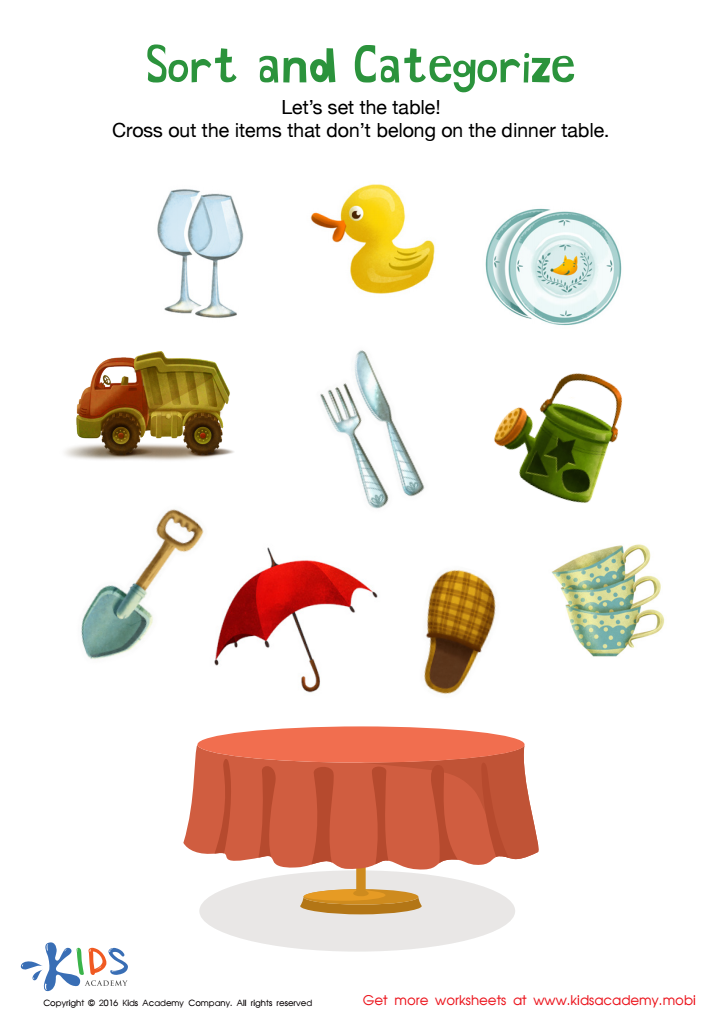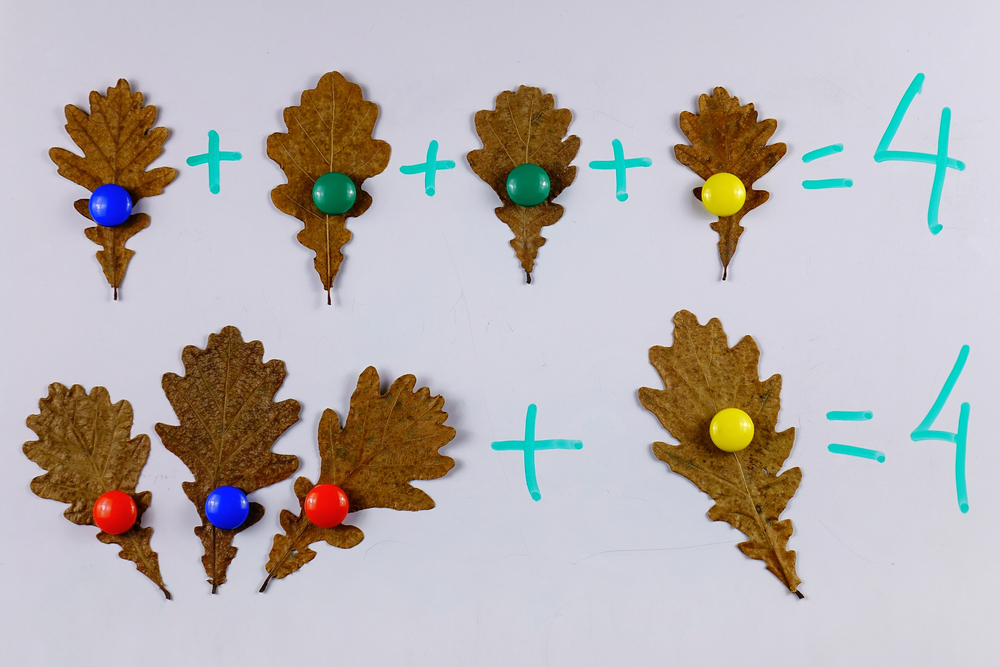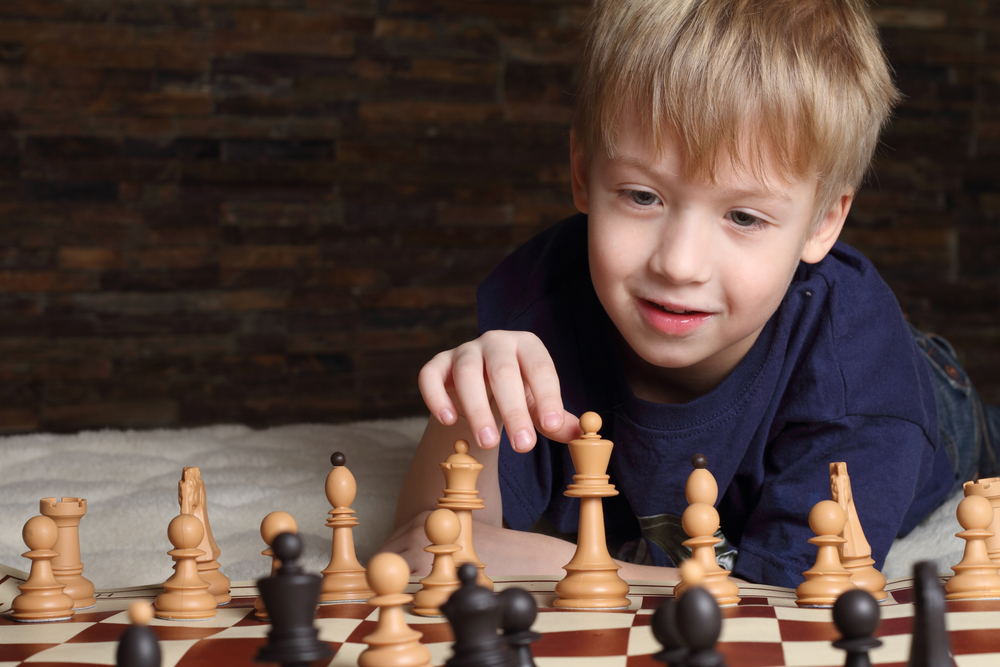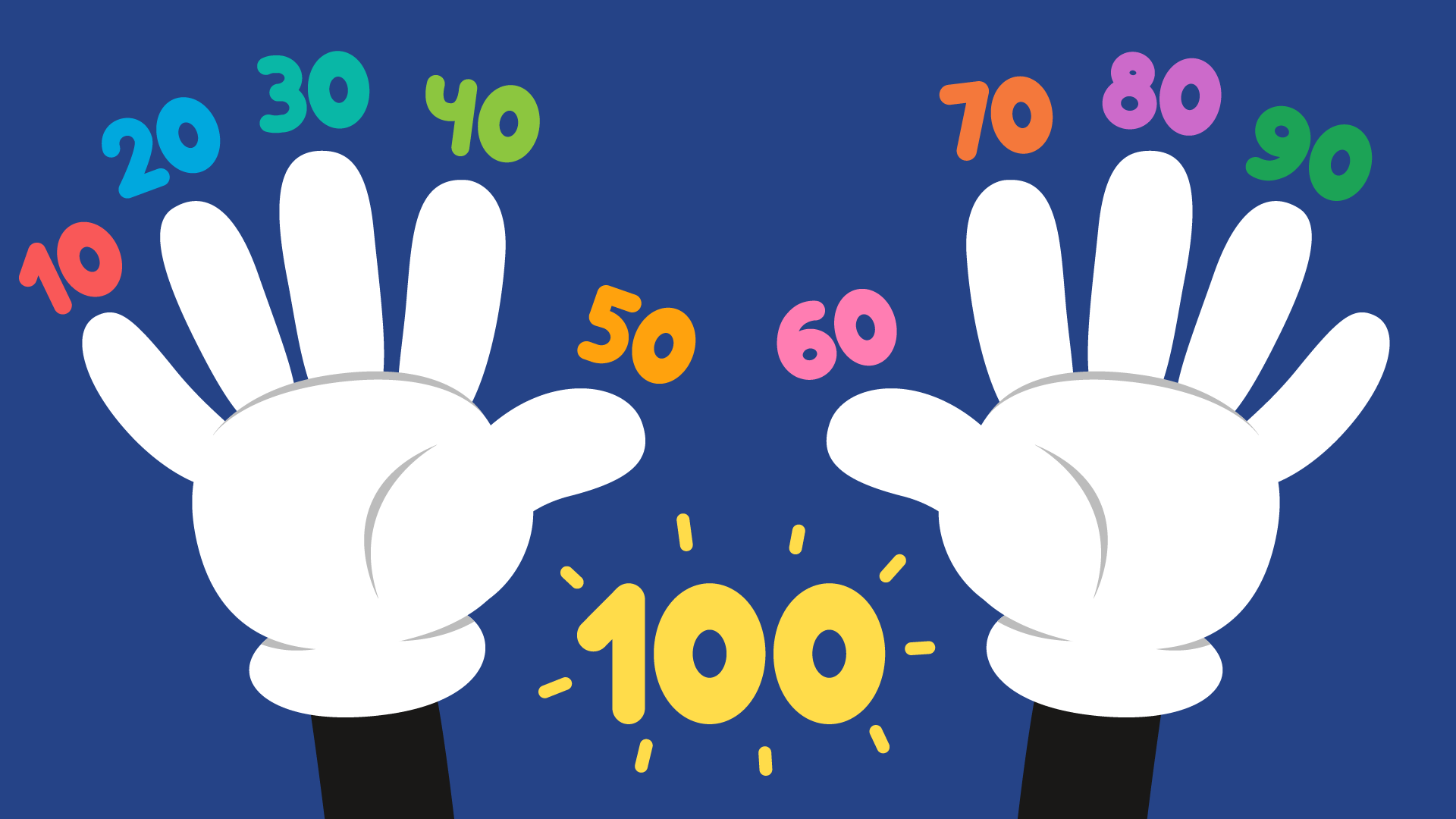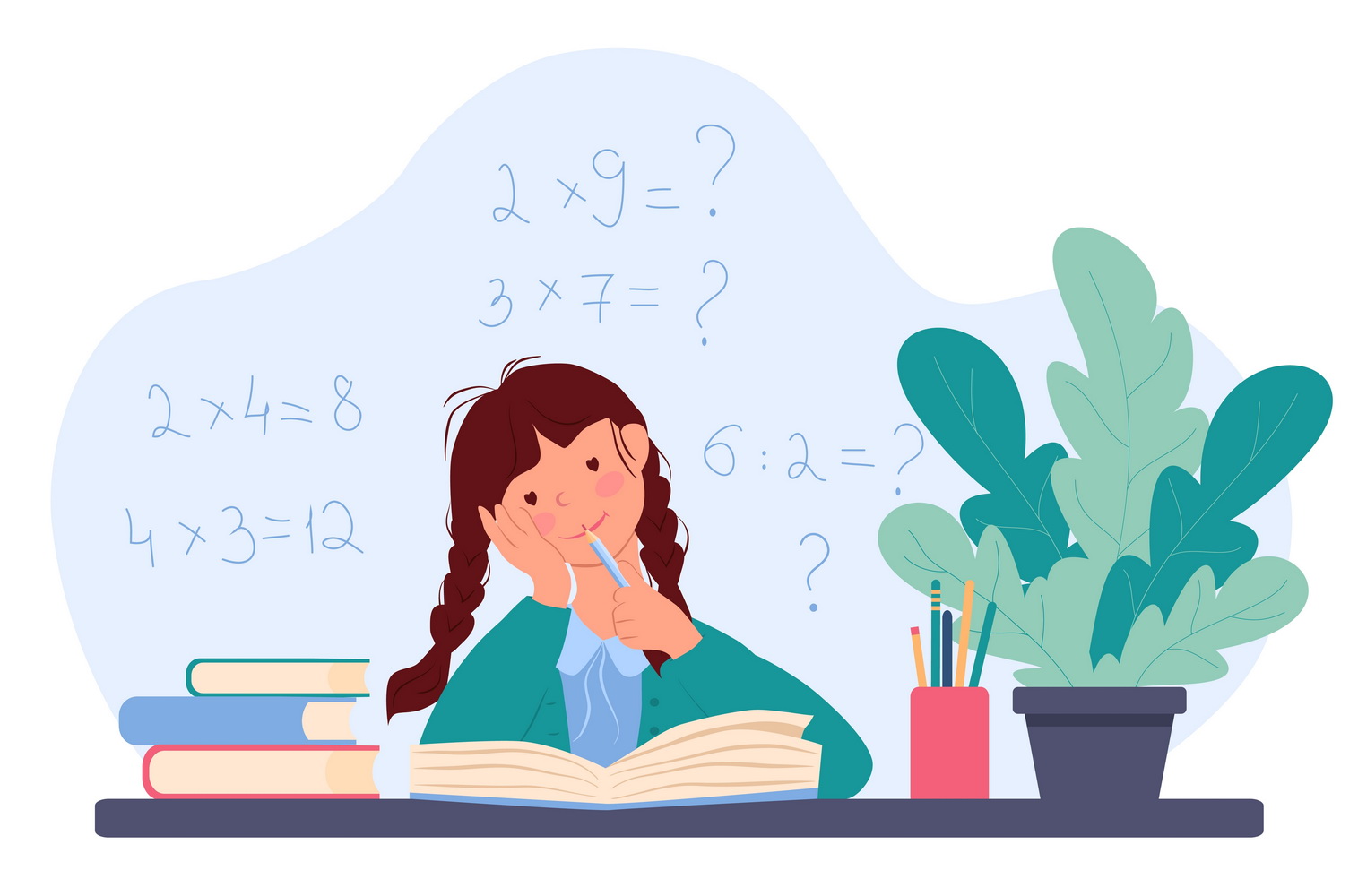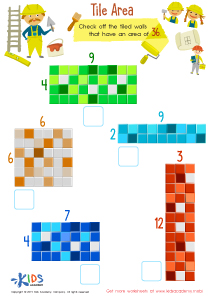Shape Recognition Normal Matching Worksheets for Ages 4-7
5 filtered results
-
From - To
Discover our engaging Shape Recognition Normal Matching Worksheets designed for children ages 4-7! These worksheets provide a fun and interactive way for young learners to enhance their shape identification skills. As they match shapes with their corresponding images, kids develop critical thinking and fine motor skills while exploring shapes like circles, squares, and triangles. Perfect for use at home or in the classroom, these worksheets promote cognitive development through playful learning. Encourage your child’s curiosity and confidence in math with our thoughtfully crafted worksheets that make shape recognition an exciting adventure! Download and watch their knowledge flourish today!
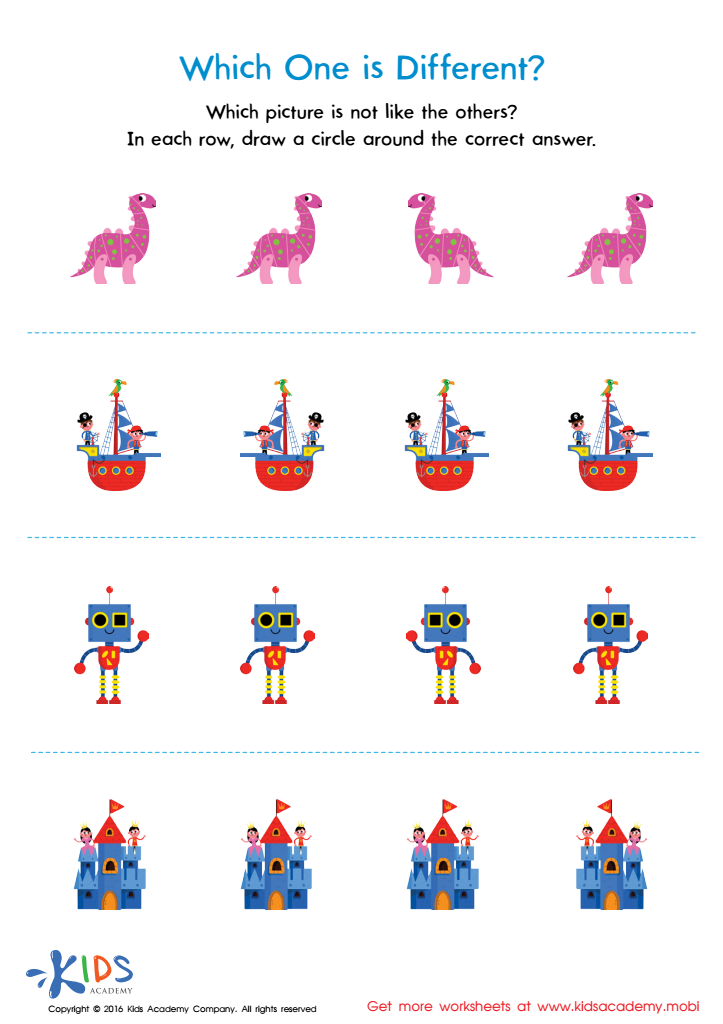

Which One Is Different Worksheet
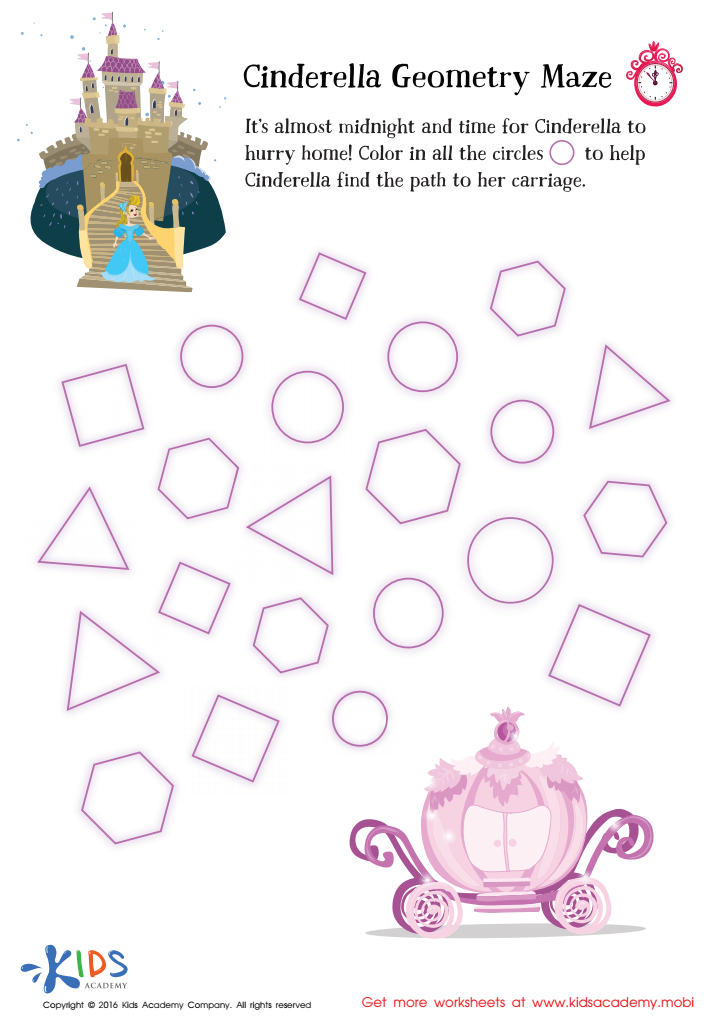

Cinderella Geometry Maze Worksheet
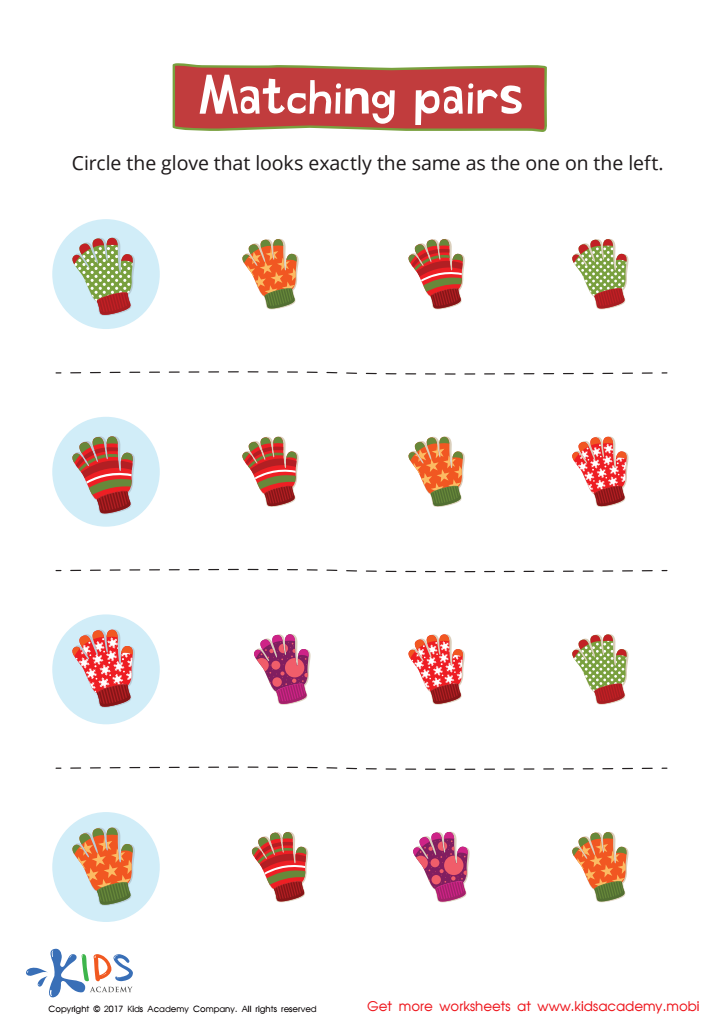

Matching: Matching Pairs Worksheet


Silhouettes – Shapes Worksheet
Shape recognition and matching are crucial skills for children ages 4-7, laying the foundation for mathematical understanding and cognitive development. Teaching youngsters to recognize and match shapes fosters their ability to categorize and interpret their surroundings, essential for problem-solving skills. This early exposure to shapes also enhances their spatial awareness—knowledge they will utilize continuously in math, science, and daily life.
Parents and teachers should care about shape recognition because it promotes critical thinking and boosts confidence in young learners. Engaging activities that involve matching shapes can make learning enjoyable, reinforcing children’s engagement and motivation. Additionally, these activities can strengthen fine motor skills through manipulatives like puzzles and blocks, aiding overall physical development.
Furthermore, shape recognition aids in language development by expanding vocabulary; children learn shape names and attributes while enhancing their ability to communicate their observations. As children progress, these foundational skills translate into stronger academic performance, particularly in geometry and arithmetic.
In conclusion, prioritizing shape recognition and normal matching can significantly impact children's cognitive and social development, ensuring they are well-prepared for future learning challenges. This makes it essential for parents and teachers to incorporate these activities into their educational strategies.
 Assign to My Students
Assign to My Students

